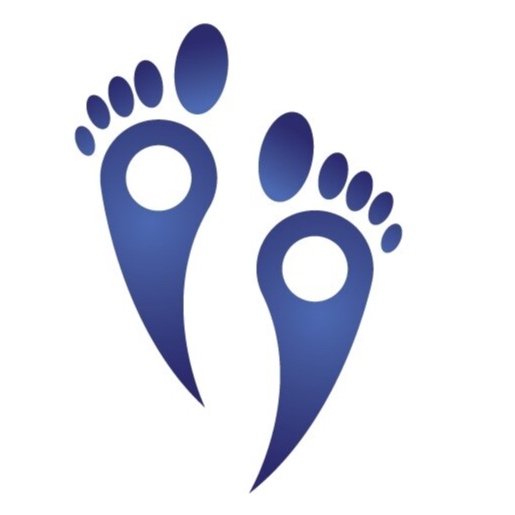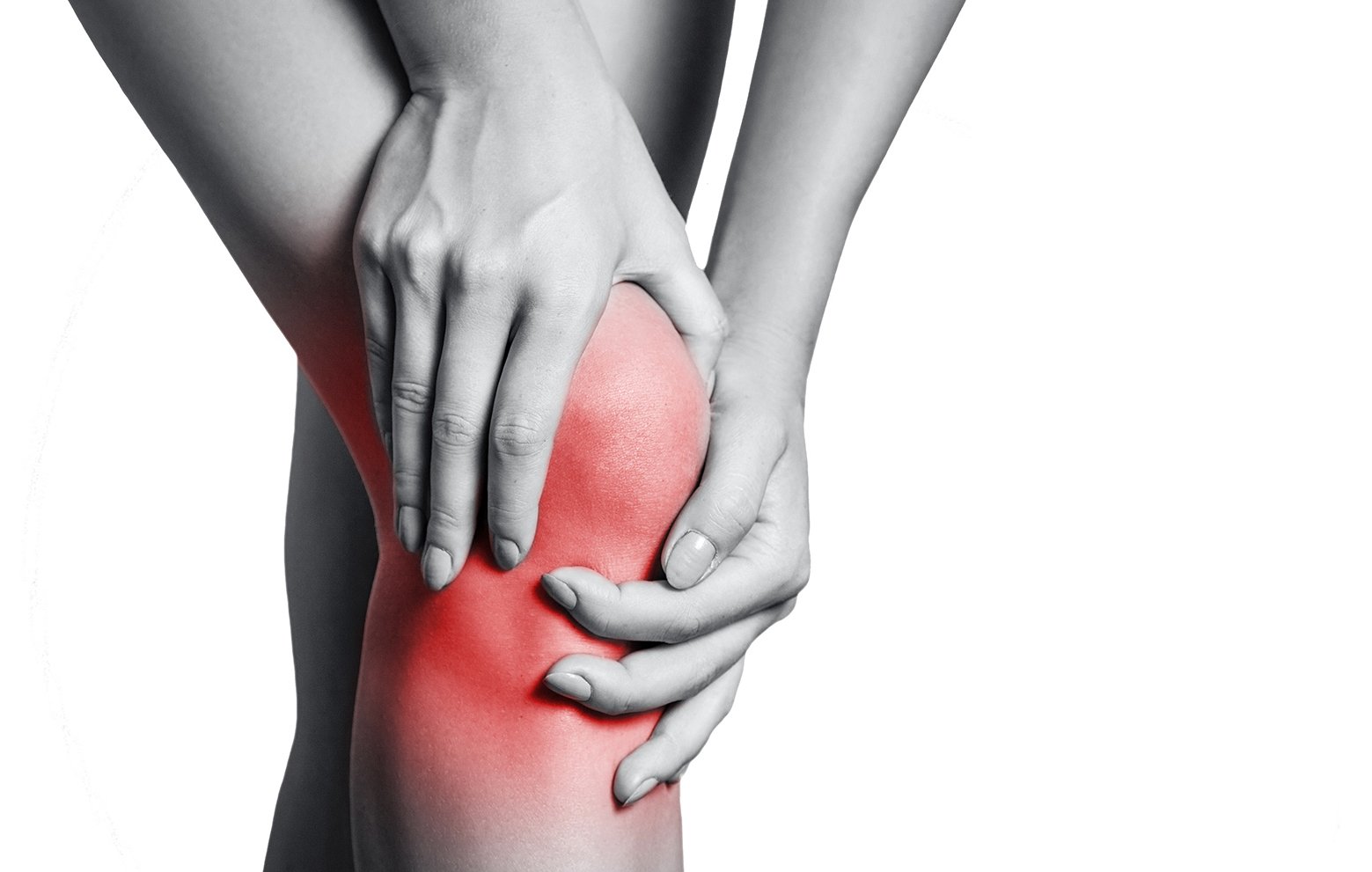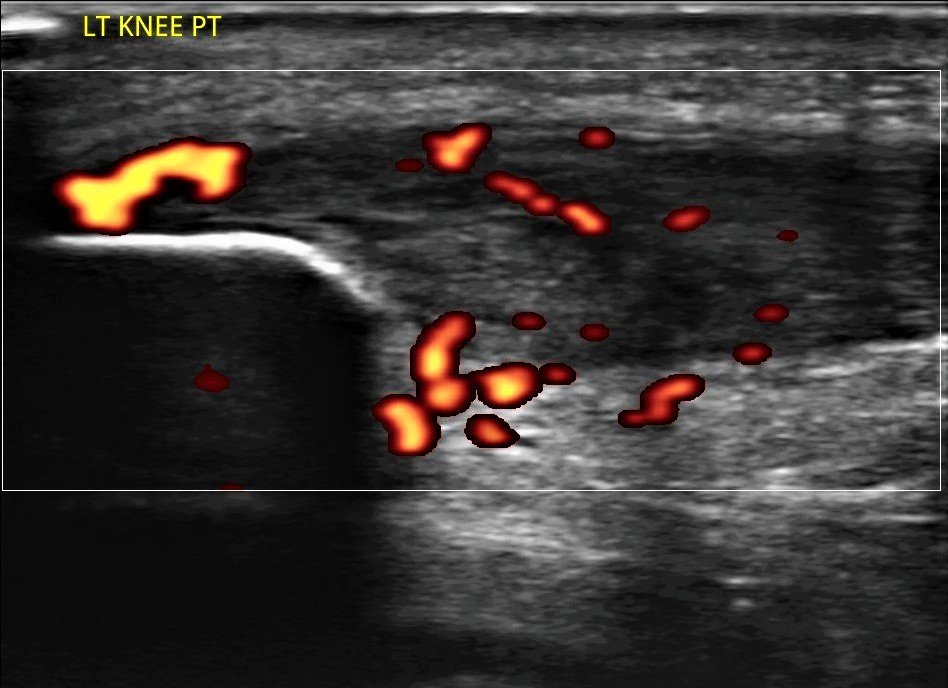Where is my knee pain coming from: patellofemoral pain syndrome
If you've been running and playing sports likes football, tennis and badminton for any length of time, you've almost certainly dealt with, or are now dealing with, Patellofemoral Pain Syndrome (PFPS), sometimes known as Runner's Knee. PFPS is one of the most prevalent reasons of knee pain in runners and sports players, but it's also one of the most difficult to diagnose because the exact cause can be difficult to pinpoint. Our objective with this blog is to help runners and sports players of all levels better understand their knee discomfort, the causes of it, and how to self-treat and prevent it in the future.
What Is Patellofemoral Pain Syndrome?
The Patella (Knee Cap) and the Femur (long bone behind it) make up the Patellofemoral joint. The patella tracks, or slides, across a grove on the femur as the knee bends and straightens as we run, squat, or navigate stairs. This is almost always a pain-free movement.
PFPS is defined as "pain around or behind the patella, which is aggravated by activity that loads the patellofemoral joint during weight bearing on a flexed knee (as in running jogging and playing sports) and could include but not necessarily, clicking, soreness, swelling, and pain upon rising or straightening the leg after sitting," according to the Patellofemoral Pain Research Retreat consensus statement (British Journal of Sports Medicine 2018).
Key Points!
Patellofemoral pain syndrome, often known as Runner's Knee, is one of the most common causes of knee discomfort in runners.
Patellofemoral pain syndrome is characterised by pain over, beneath, and around the patella, or kneecap, which is increased by repetitively loading the patellofemoral joint, such as jogging.
The most common cause of Runner's Knee is overuse.
The patella glides, or tracks, across a groove in the femur when the knee bends.
Tight muscles, extra load, overtraining, and other factors can cause this action to become dysfunctional, resulting in patellofemoral pain.
What Are The Signs And Symptoms?
How can you tell if you have patellofemoral pain syndrome or not?
That's where physiotherapists come in, but you can get a fair notion of what's going on by knowing how it's presented. We've already established that it usually manifests as pain around or beneath kneecap that is increased by knee bending.
But who is at higher risk?
Young adults are at risk, especially during periods of growth or activities that require repetitive motions (running). It's also worth noting that Runner's Knee is notoriously difficult to treat, and just rest is usually ineffective. To enable for quick recovery and prevent recurrence instances, a systematic treatment and rehabilitative action plan must be in place.
What Causes Patellofemoral Pain Syndrome?
Take a deep breath...
The patellofemoral joint is well-designed and capable of withstanding a lot of load. Consider the weightlifter who can squat a small truck or the neighbour who appears to run an ultramarathon every other weekend. Our knees are built to take a beating, but as with so many other aspects of life, genetics and self-care play a big role in how well we recover from it.
Excessive tension can erode the protective layers around the joint, resulting in pain during everyday activities.
How Do We Address Runner's Knee To Keep You Running?
It's not as simple as claiming that running is the cause if you're a runner. The complexities of the running mechanics are more likely to be at fault; this is where a comprehensive examination is required.
Depending on the provider, you might be told to stop running for a while, while another who specialises in treating runners will try to figure out what's wrong and come up with a strategy that allows you to keep running. In any case, a patellofemoral pain treatment regimen can be summarised as follows: Offload, Rehabilitate, and Reload.
Offload: Is the pain so severe that you can only take a few steps without experiencing discomfort?
This may necessitate a break from running. Most of the time, if you address the pain early enough, you won't need to make any changes to your workout routine. While you are in the rehabilitative phase, we will typically reduce your intensity, volume, or both.
Rehabilitate: What's causing your patellofemoral pain in the first place?
We can design a strategy around this, your goals, and your races once we figure out what's causing your problem: running form, hip strength, ankle mobility, training volume, downhill running, and so on.
Reload: While we don't want to fully offload an injury if at all possible, we've discovered that keeping some of the familiar load (in this example, pounding the pavement) on the muscles, joints, ligaments, and tendons might help them heal faster. Even if we are feeling terrific, we must proceed with caution, caution, and discipline as we work our way back from an injury.
Research: “no treatments exist for patellofemoral pain syndrome/tendinopathy that guarantees quick and full recovery” (Dafne van Rijn et al 2019) therefore combination of treatment options needs to selected to full and quick recovery.
Treatment Options Following Comprehensive Examination and Assessment:
Physiotherapy
Tapping
Shockwave therapy
Cortisone injection in some cases
Prolotherapy injection in some cases
Platelet rich plasma injection in some cases
To book for an appointment you can call our normal reception line, 0121 285 5656 or email direct to hello@thepodiatryclinics.co.uk requesting an appointment. Please include your name, date of birth, your address and GP contact details.
You will be sent a form to complete and forward back to us or bring along on the day.
OR simply click the button below!
References:
Br J Sports Med. 2018 Sep;52(18):1170-1178. Consensus statement on exercise therapy and physical interventions (orthoses, taping and manual therapy) to treat patellofemoral pain: recommendations from the 5th International Patellofemoral Pain Research Retreat, Gold Coast, Australia, 2017. Natalie J Collins 1 2, Christian J Barton 2 3, Marienke van Middelkoop 4, Michael J Callaghan 5, Michael Skovdal Rathleff 6, Bill T Vicenzino 1, Irene S Davis 7, Christopher M Powers 8, Erin M Macri 9 10, Harvi F Hart 2 11, Danilo de Oliveira Silva 2 12, Kay M Crossley 2
Randomized Controlled Trial. Clin J Sport Med. 2019 May;29(3):181-187. Comparison of the Effect of 5 Different Treatment Options for Managing Patellar Tendinopathy: A Secondary Analysis. Dafne van Rijn 1, Inge van den Akker-Scheek 1, Mirjam Steunebrink 2, Ron L Diercks 1, Johannes Zwerver 1, Henk van der Worp 1





